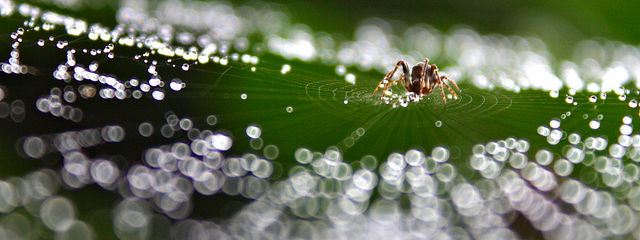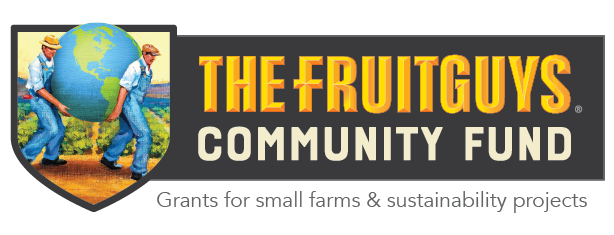California’s drought has made headline news across the world over the last several years. Water conservation has been our mantra. And it looks like it’s working! In March 2016, Californians cut their water usage by almost a quarter. That’s great news, especially since we’re now entering our fifth year of record-low rainfall. You might recall that Governor Brown declared the drought a state of emergency on January 17, 2014. While this season’s winter storms are mostly likely behind us and summer’s hot temperatures approaching, water conservation is as important as ever. Many of us hoped that “El Nino” would bring precious H2O to our thirsty reservoirs, we have a long way to go before our water reserves are back to normal. The US Geological Survey website contains drought facts, including the status of our snowpack and water-related statistics. The USGS also provides interesting facts on water science.
Effective Water Management on Independent Farms
Managing water resources is a critical factor when running a small, independent farm in California as well as across the country. In our sustainable farming manifesto, we lay out what good water management means to us. It is based upon simple things:
- Effective and efficient irrigation
- Overall water conservation
- Cover crops to reduce soil erosion
- Protecting water quality by managing runoff
These are just of the few factors we evaluate when choosing recipients of our small farm grants.
So how should farms be preparing for future droughts?
 Water Conservation & Irrigation
Water Conservation & Irrigation
Irrigation is one part timing, one part delivery. You need to make sure your crops are watered at the right time and in the right place. Drip irrigation is one way to help lessen the amount of water wasted and reduced the pressure on dwindling water resources. By delivering the water directly to the roots, it avoids much of the evaporation you see with more typical spray type watering systems.
An efficiently installed drip irrigation system can save a lot of water while boosting crop production. That’s definitely a win-win. The second part of irrigation is timing. The frequency and amount of water delivered is integral. Overwatering, obviously, is just as bad as underwatering. It’s important for farmers to keep a close eye on the weather, monitor temperature fluctuations and plan their watering schedule accordingly.
Cover Crops
The idea of cover crops is that they fill the gaps on a farm. By covering soil that would otherwise be bare, it increases its water-holding capacity. A survey from the North Central SARE (North Central Sustainable Agriculture Research and Education) found that farmers who used cover crops yielded between 11 and 14% more than those who did not use them. As well as improving the profitability of a farm’s acreage, cover crops also help reduce weeds, increase soil fertility and prevent compaction and erosion.
Managing Runoff
Protecting the quality of water, by managing runoff is another vital aspect of water conservation. Allowing contaminated water back into the water system can have disastrous implications for a farm and the surrounding area.
Typically runoff is made up of one of four things: nitrogen, phosphorus, sediment and fecal matter. There are many solutions, from irrigation ditches to contain any chemical runoff, to livestock fencing. Another way to limit the danger of polluted runoff is planting cover crops. With more plants there to absorb fertilizers, the runoff is lessened. Another is obviously using less fertilizer — even organic — wherever possible.
Take An Active Role
If there’s a silver lining to our drought cloud, it may be the increased appreciation of a precious and limited resource. Communities are taking a more active role in reducing usage. You can also help in a more sustainable way: by helping The FruitGuys Community Fund help small, independent farms finance water-saving projects like the installation a drip-irrigation system. Your donation can make a big difference to water conservation while growing organic and eco-sustainable food.
Photo credit:
US Dept of Agriculture





